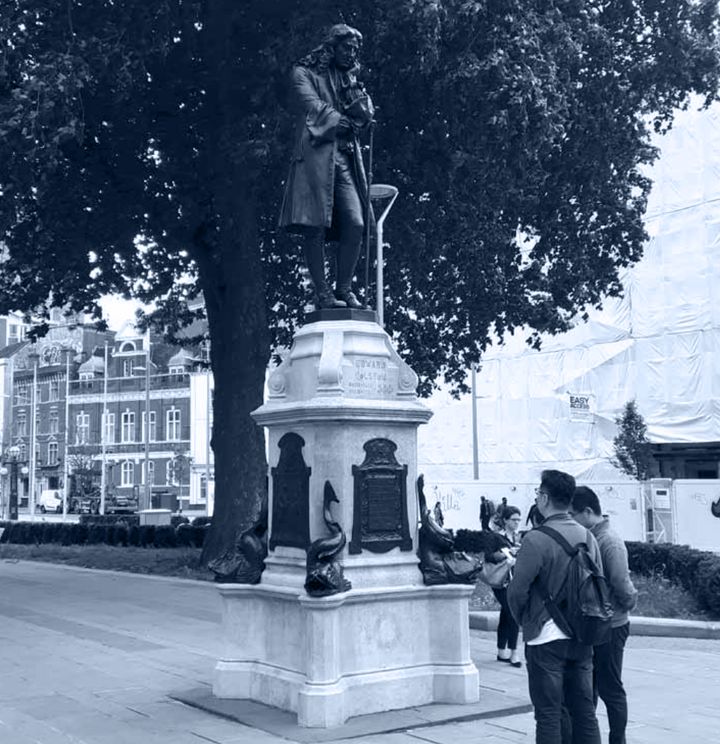
A controversial statue of slave trader Edward Colston in Bristol which is repeatedly targeted by vandals could have a plaque added to it outlining his “enslavement and transportation of Africans”.
An application to add the information has been submitted by Bristol City Council to its own planning department.
Colston pioneered the slave trade in Bristol in the 17th century and is commemorated throughout the city, with many roads, schools, pubs and businesses named after him.
The current statue, which was erected in the city centre in 1895, carries the words: “Erected by citizens of Bristol as a memorial of one of the most virtuous and wise sons of their city.”
The monument, located on Colston Avenue, has become a target for vandals in recent years, according to documents submitted to the council’s planning department.
“In recent years Edward Colston has become a recognised figurehead of the role Bristol merchants played in the enslavement and transportation of Africans from the late 17th to 19th century,” the documents state.

“As such the statue of Colston erected in 1895 has become a target for the understandable public reaction to this distasteful past.
“The statue has been the subject of several ‘art’ attacks, such as his face being painted white, handcuffs and a woollen ball and chain being added.
“One recent ‘attack’ involved an ‘unauthorised’ plaque being added to the statues stone plinth.
“Although the sentiments of the plaque are understandable, the content was factually inaccurate and the resin glue used to apply the plaque has discoloured and damaged the stonework.”
The council is proposing to add some “factual context” to Colston and his role in the transatlantic slave trade during the late 17th to early 18th century.
Colston was born in the city in 1636 and much of his wealth was acquired through the trade and exploitation of slaves.
Last month, the trader’s 316-year-old portrait was removed from the Lord Mayor’s parlour in Bristol’s City Hall.
Councillor Cleo Lake, the ceremonial mayor of Bristol, decided she could not share her working space with the image, which dates back to 1702 and last year Bristol’s Colston Hall dropped the name of the slave trader following protests.
